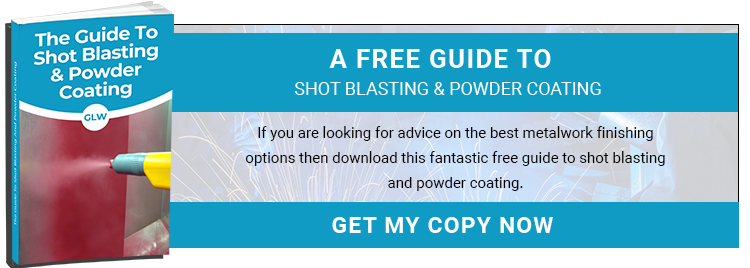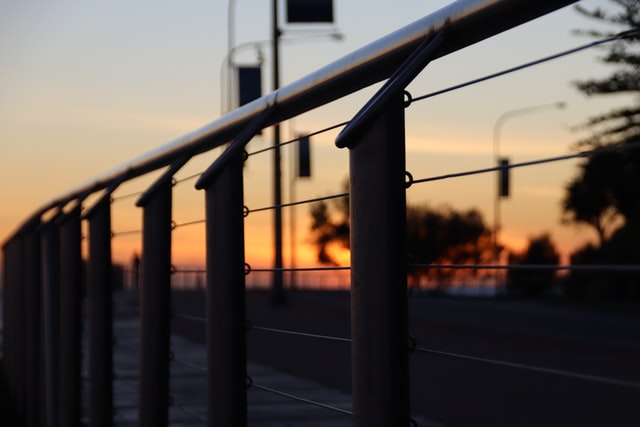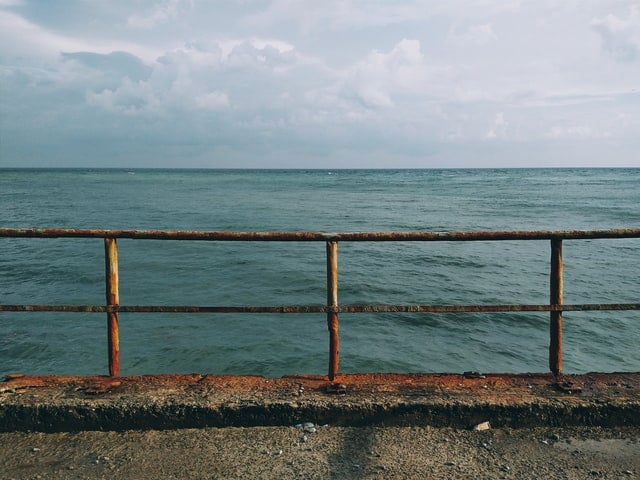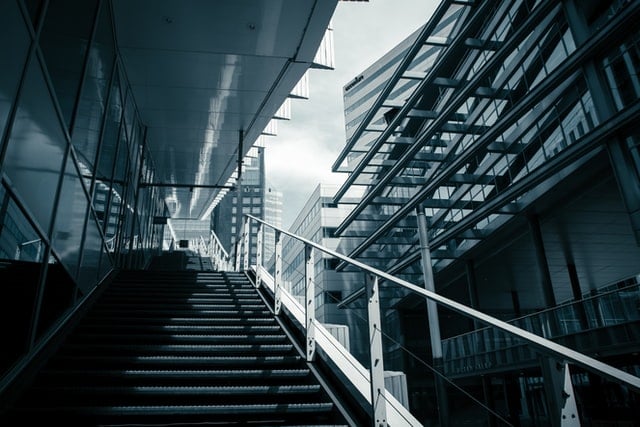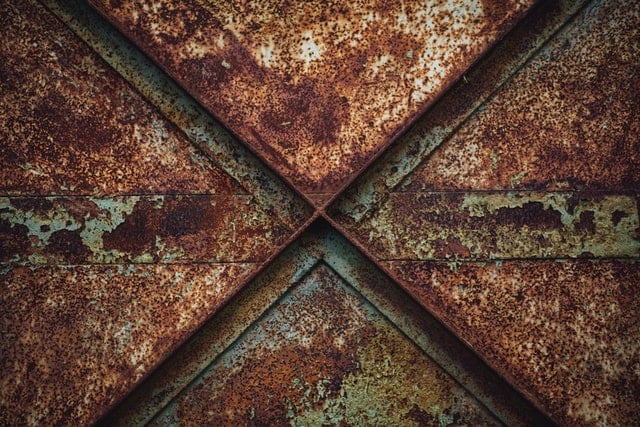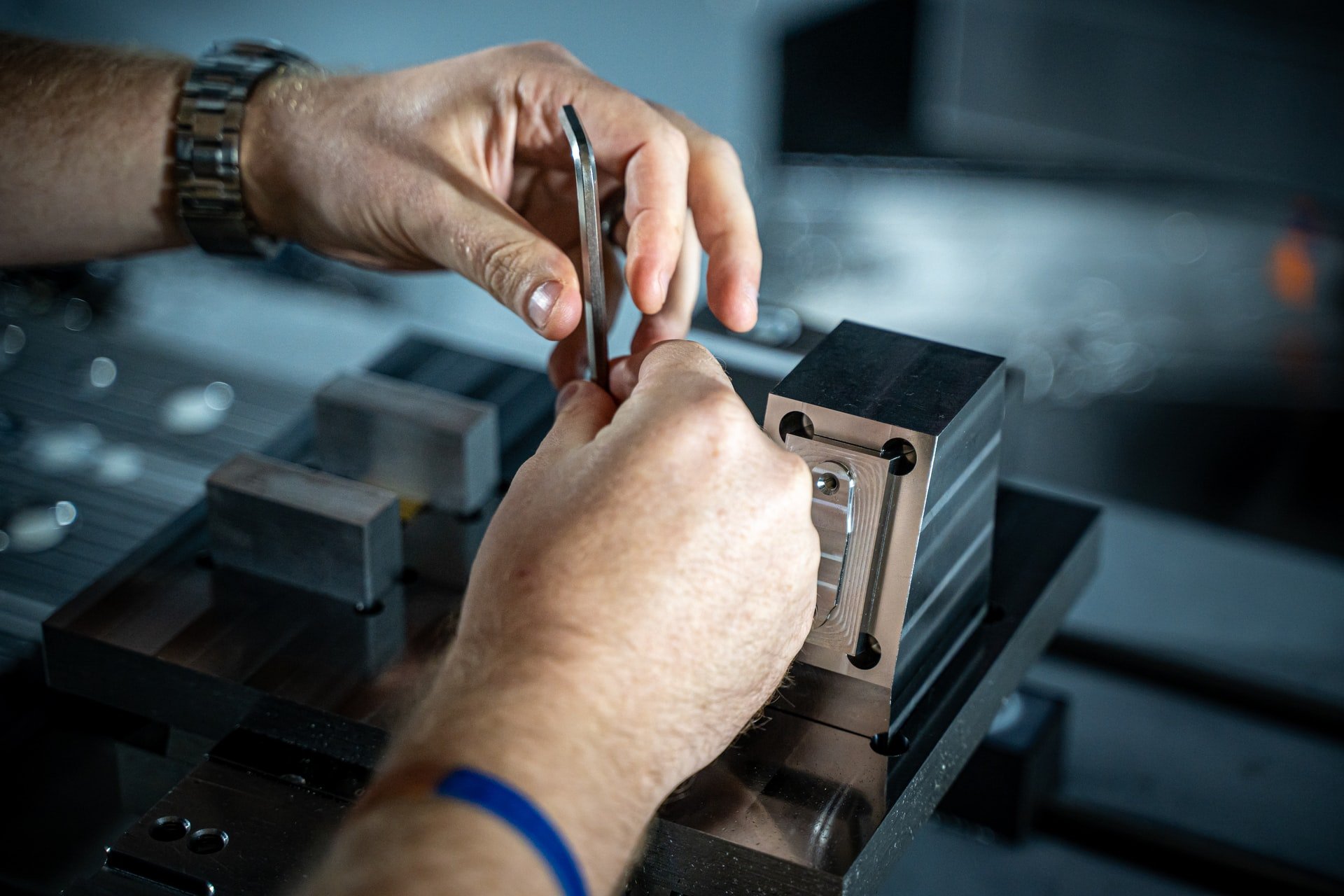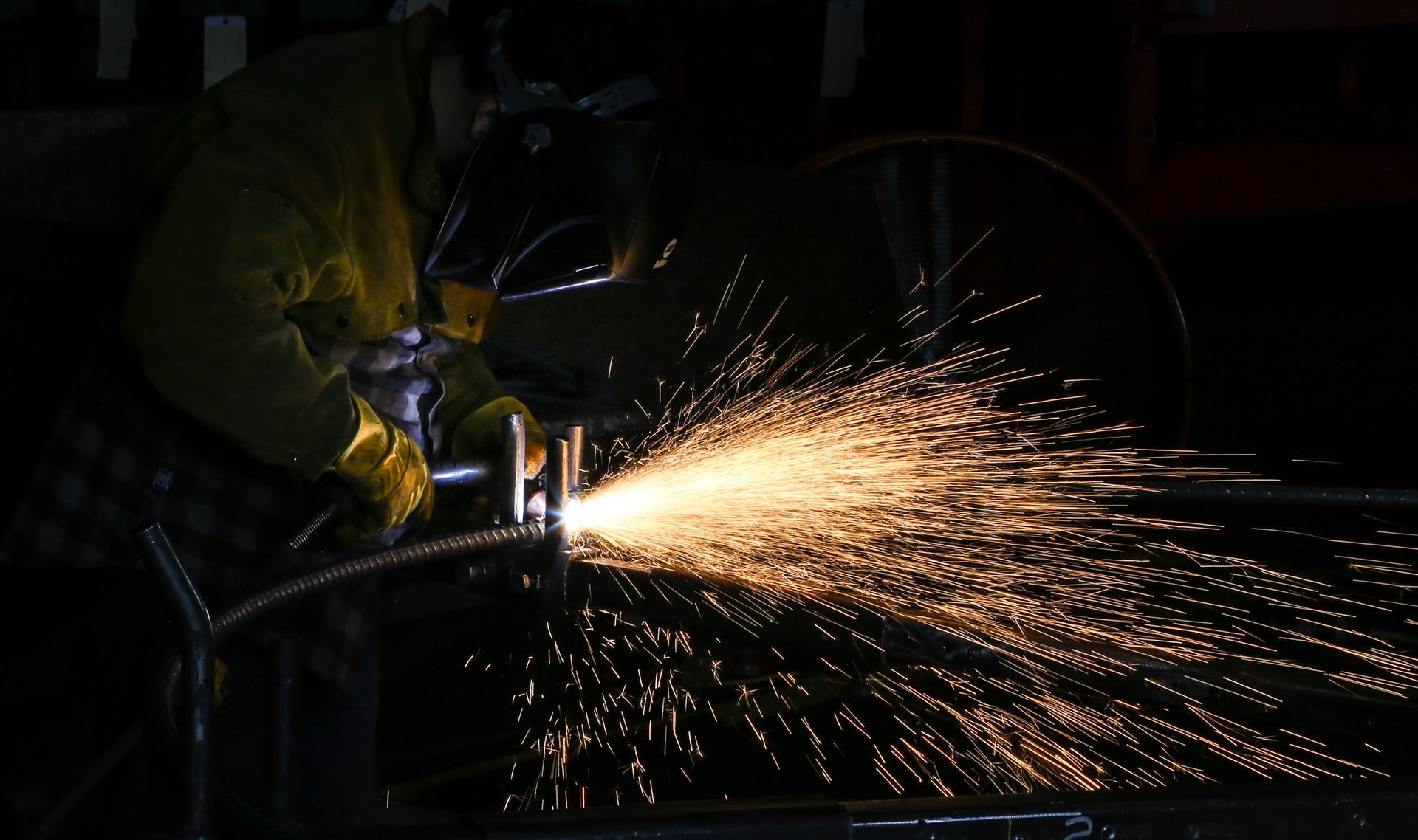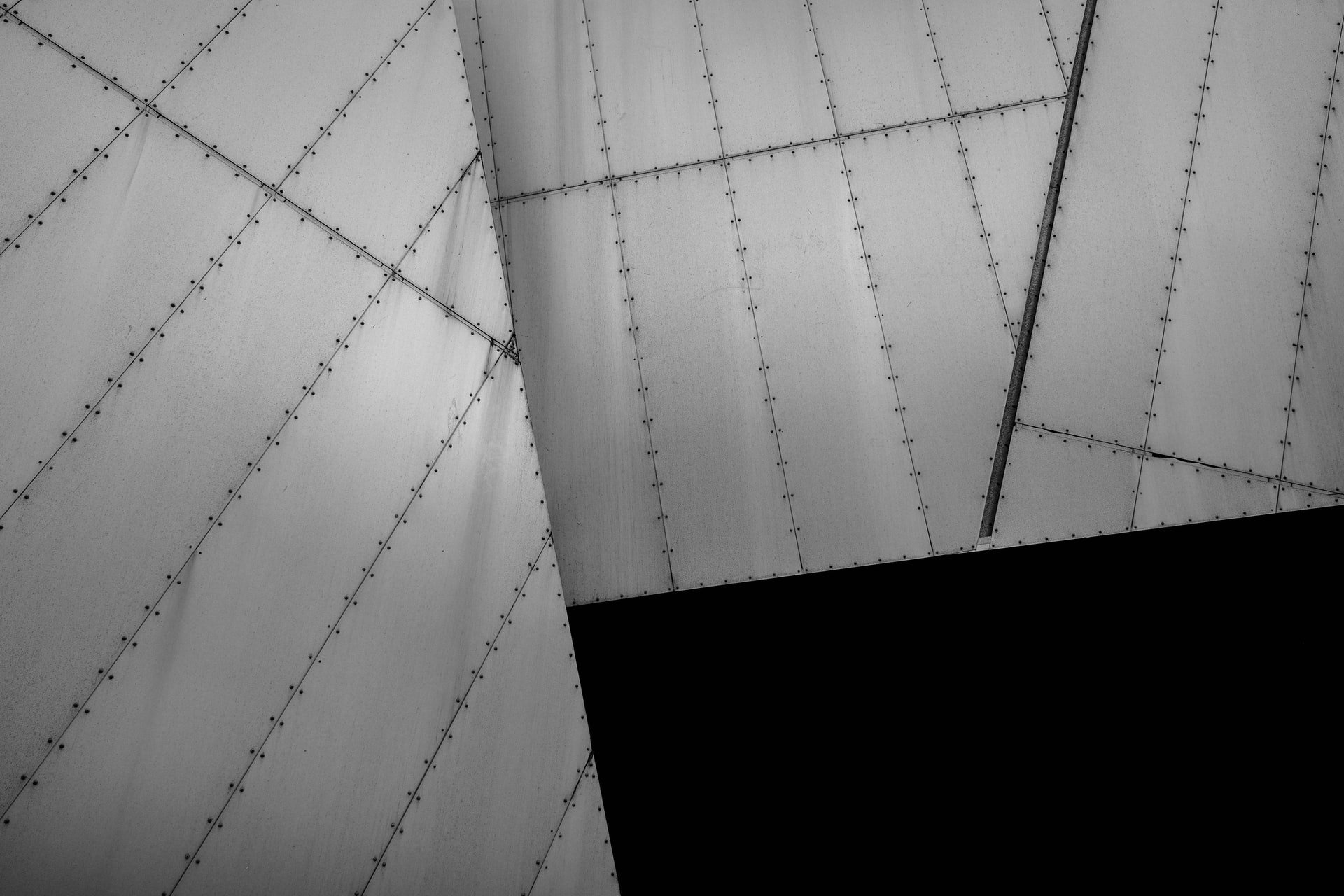
Media blasting is how we clean up steel after fabrication. When we go to blast steel components there are a lot of options and they all have something different to offer. Grit blasting is a blanket term for using an abrasive that is shot at high velocity, which will clean or alter the metal's surface. Media blasting can be used to varying effects, and it is important to know what you are doing before you select a given media for the job.
In recent years a new technology has come along in the world of media blasting. Soda blasting offers some very unique abilities and is far better for the environment. Soda blasting uses sodium bicarbonate (baking soda) to remove contamination from a metal's surface. It also coats the metal with a layer of sodium bicarbonate, which is easy to remove.
This article will give you a feel for the different types of media blasting that are available, and how we use them at GLW engineering. There is no one right way to blast steel constructions, so having a firm base of blasting knowledge is necessary. In addition to cleaning up steel constructions after fabrication, media blasting can be used to clean up many different structures. Blasting can take place on-site, so if you your buildings or civil installations need sprucing up, media blasting can help you there too.
Grit Blasting
The terms “grit blasting”, “media blasting” and “sand blasting” can be used interchangeably in most cases. In any event, grit blasting refers to the use of a pressure driven media on an object. There are many different substances that we use in media blasting, and they all have different effects.
Here are substances that are commonly used in Grit Blasting:
- Crushed glass
- Glass bead
- Steel grit
- Steel shot
- Aluminium oxide
- Plastic
- Silicon carbide
- Baking soda
- Ceramic grit
- Corn cob
- Walnut shell
- Copper slag
As you can see from the list above, the choices that we have when it comes to media selection for grit blasting are ample. Every media will have a different effect, and in some cases experimentation is necessary for us to find the best combination for your needs.
Over the last few years environmentally friendly media options have become available, and things like walnut shell and corn cob offer a green alternative for many jobs. An in-depth discussion of all these media choices could easily fill a book. Keep in mind that many of these options have a range of sizes available, so you can fine tune not only the media, but the grain size as well.
While all these blasting mediums are worthwhile, we are going to talk about two of them specifically in greater detail. These two media offer some very useful qualities, and you should be especially aware of what they can do for you.
Shot Blasting
Shot blasting uses a stream of steel shot directed at an object to clean or treat metal. There are two types of shot blasting; wheel blasting and air blasting. There isn't a huge difference to the customer between the two types, and we can help you decide which process is going to be the best for your project.
In addition to cleaning metal parts, shot blasting will “peen” the metal. This is a process by which the material is made to spread plastically and create compressive stress, thus protecting it from certain kinds of fractures.
Other kinds of media blasting can be used for peening, however shot blasting is extremely common for this task. Because steel shot is used, there is little if any mess to clean from the blasted object, and the impact strength of the shot is much higher than other forms of media. This also leads to higher media recovery rates, and a lower cost outlay for the shot.
Soda Blasting
Using specially prepared sodium bicarbonate offers you a lot of interesting capabilities and is by far the easiest form of media blasting to clean up. Because blasting soda is water soluble, cleaning it from small parts or public areas is very easy. In some cases you can just wait for the next rain, and let Mother Nature do the job.
When it comes to custom fabricated parts, a quick soda blast will deposit a layer of sodium bicarbonate on the raw steel and prevent rust from forming for as long as it is present. The down side to soda blasting is its softness, so for deburring and de-slagging it really isn't right.
Soda blasting is also the greenest form of media blasting, and won't pollute the environment in any meaningful way. It is perfect for removing oils and other contaminants, and can then be removed with water. Because soda reclamation is difficult under most circumstances, the media costs are a bit higher. On the flip side, soda blasting cuts your clean-up costs down to almost nothing. It is a great blasting method and is growing in popularity all the time.
What Is Right for Me?
We can't give you an easy answer to that question, but we are more than happy to find one for you, depending on your budget, timescale and project requirements. At GLW Engineering we have loads of experience with media blasting of all kinds. With more information about your project, we can find a blasting solution that works for you. Please don't hesitate to contact us, we are happy to discuss your needs, and make sure you get great results.
Download our Guide To Shot Blasting & Powder Coating, for more information about getting the best quality finish for your steel fabrication project. Click here to access your free copy today.

